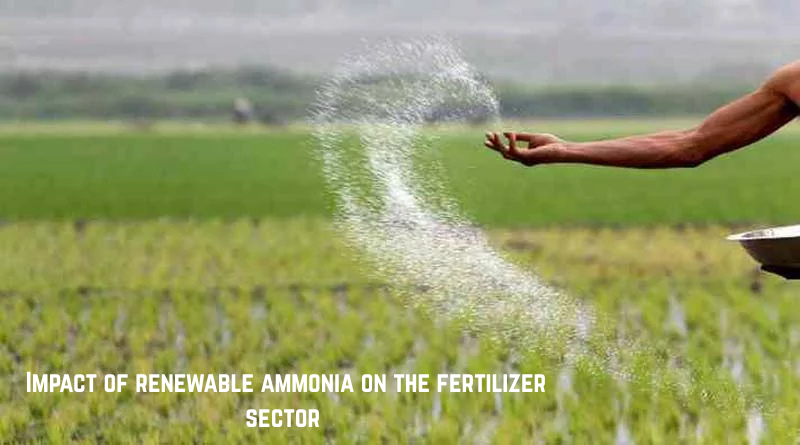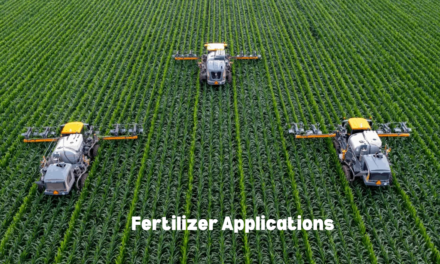Renewable ammonia is having a transformative impact on the fertilizer sector, with significant implications for sustainability and innovation. Key impacts include:
- Decarbonization of Fertilizer Production: Renewable ammonia is produced using green hydrogen (from water electrolysis powered by renewable energy) and nitrogen from the air, eliminating the need for fossil fuels and reducing greenhouse gas emissions.
- Sustainable Fertilizers: Ammonia is a key ingredient in nitrogen-based fertilizers. Using renewable ammonia reduces the carbon footprint of fertilizer manufacturing, aligning the industry with global climate goals.
- Energy Storage and Transport: Ammonia’s high energy density makes it an efficient carrier for green hydrogen, facilitating energy storage and transportation for both the energy and agriculture sectors.
- Cost Competitiveness: As renewable energy costs continue to decline, the production of renewable ammonia is becoming more cost-effective, making sustainable fertilizers more accessible.
- Market Opportunities: The adoption of renewable ammonia opens up new markets for environmentally conscious agricultural products, catering to consumers and industries prioritizing sustainability.
- Regulatory Alignment: Renewable ammonia helps fertilizer companies meet stricter environmental regulations and sustainability standards, reducing compliance risks.
- Rural Economic Benefits: Local production of renewable ammonia in agricultural regions supports energy and fertilizer independence, boosting rural economies.
- Reduction in Nitrogen Loss: Innovations in renewable ammonia production often align with precision farming techniques, improving nitrogen use efficiency and reducing environmental harm.
The shift toward renewable ammonia is helping the fertilizer sector transition to a more sustainable and climate-friendly model while maintaining agricultural productivity.

















